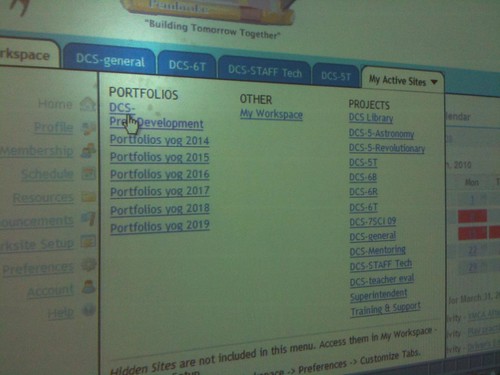
I did like the fact that the Intro to Technology course itself was a challenge for me. The most challenging part for me was that although I am young, I am not what people would call a technologically savvy person. I mean sure I can Google, Facebook, Twitter and use Instagram, but I was never taught to build a website. For the first time in my life, I built my own website from the layout to what I felt it should convey. It was truly an exciting experience and I was very proud of myself and what my efforts had accomplished.
Another very exciting assignment I enjoyed was building a lesson plan online using WebQuest. The simple idea of being able to share lesson plans with others is amazing. I could easily find a lesson plan online that was made by another individual and use it in my classroom, just as easily as they could use mine. This gives teachers endless possibilities when making a lesson plans.
The most instructional assignment that I feel will aid me in the future would have to be the rubric evaluation/critique. One of the most important things as a teacher is making sure the students thoroughly understand what is expected of them in each project, research paper, presentation, etc. The best way to convey this to students, is to allow them to see for themselves by using rubrics. Rubristar is an awesome resource for anyone who is need of making a rubric for any reason.
Resources
Maloy, R. W., Verock-O, R. E., Edwards, S. A., & Woolf, B. P. (2010). Transforming learning with new technologies. Allyn & Bacon.


